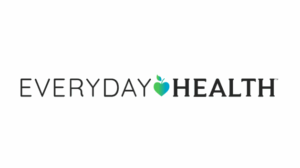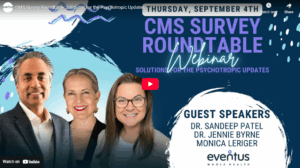As a board-certified adult psychiatrist with a PhD in the basic science of attention, I have worked with hundreds of adults with Attention Deficit and Hyperactivity Disorder (ADHD) over the last 20+ years. I’ve been closely monitoring the unprecedented shortage of ADHD medications that has affected millions of Americans since 2022. This article aims to explain the current situation, its causes, and provide practical solutions for those affected.
Understanding the Shortage Crisis 📊
The FDA officially acknowledged the shortage in October 2022, and it has persisted through 2023 and into 2024. According to CDC data, the impact is significant – over 6 million children have been diagnosed with ADHD, and approximately 60% receive medication treatment. Additionally, about 4.4% of adults in the U.S. have been diagnosed with ADHD, with 4.1% receiving medication.
Stimulant medications (like Ritalin, Adderall, and Vyvanse) have traditionally been the mainstay of ADHD medication. Non-stimulant ADHD medications (like Strattera, Qelbree, and Intuniv) are also available and highly effective for some people. Non-pharma interventions include psychotherapy, coaching, environmental accommodations, and biofeedback. In the near future, I predict that a variety of non-medication electromagnetic neuro-modulation tools will be available to help adults with ADHD adjust their executive control to overcome distraction and decrease restlessness.
Key Factors Contributing to the Shortage 🔄
- Increased Demand: The CDC reports that “compared with previous years… the percentage of girls and women aged 15 to 44 and men aged 25 to 44 who received prescriptions increased by more than 10 percent from 2020 to 2021.”
- Manufacturing Constraints: The FDA cites “increased prescribing potentially related to the growth in telemedicine, supply chain issues, manufacturing and quality issues, and business decisions of manufacturers” as contributing factors.
- Regulatory Challenges: As Schedule II controlled substances, these medications face strict production quotas from the DEA.
Practical Solutions for Patients and Families 💡
If you or a family member are affected by this shortage, consider these strategies:
- Start Early: Begin the refill process 3.5 weeks after your last prescription fill. While 90 day refills may cost less, they may also be more vulnerable to shortages. Sometimes a 30 day supply leads to less communication and time wasted for both you and your prescriber.
- Maintain Open Communication: Work closely with your healthcare provider to discuss alternative medications if needed. Non-stimulant medications can be highly effective, and even preferable, for some adults with ADHD.
- Pharmacy Partnership: Develop a relationship with a local pharmacist who can help track availability. Locally-owned pharmacies can be a wonderful resource for adults and families with ADHD.
- Insurance Navigation: Understand your coverage for both brand-name and generic alternatives. Keep an eye on your insurance coverage in December so that any prior authorizations for the upcoming year can be completed in advance of the January rush.
Looking Ahead: What to Expect 🎯
The FDA predicts a 3.5% increase in medical use of these medications in 2025. While federal agencies work to address the shortage, patients should remain proactive in managing their prescriptions and maintain open communication with their healthcare providers.
In addition to using stimulant medication, I also recommend updating your knowledge and understanding of non-stimulant medications, environmental accommodations, coaching, and biofeedback. Find an ADHD expert – a psychologist, therapist, psychiatrist, or other physician who sees a large number of adults with ADHD and is up-to-date on the literature. Seek out objective ways to measure your ADHD through computer tests of attention (like Qbtech or TOVA) Use specialized rating scales to dive deeper into the ways that ADHD shows up in your life (like the Barkley Executive Functioning Scale “BDEFS”)
Resources and Support 🤝
Stay informed about medication availability through:
- FDA’s Drug Shortage Database: FDA Drug Shortages
- National ADHD advocacy organizations like CHADD
- Local pharmacy networks, especially locally-owned pharmacies with pharmacist owners
Remember: While these shortages present significant challenges, working closely with healthcare providers and staying informed about available options can help manage this ongoing situation effectively.







